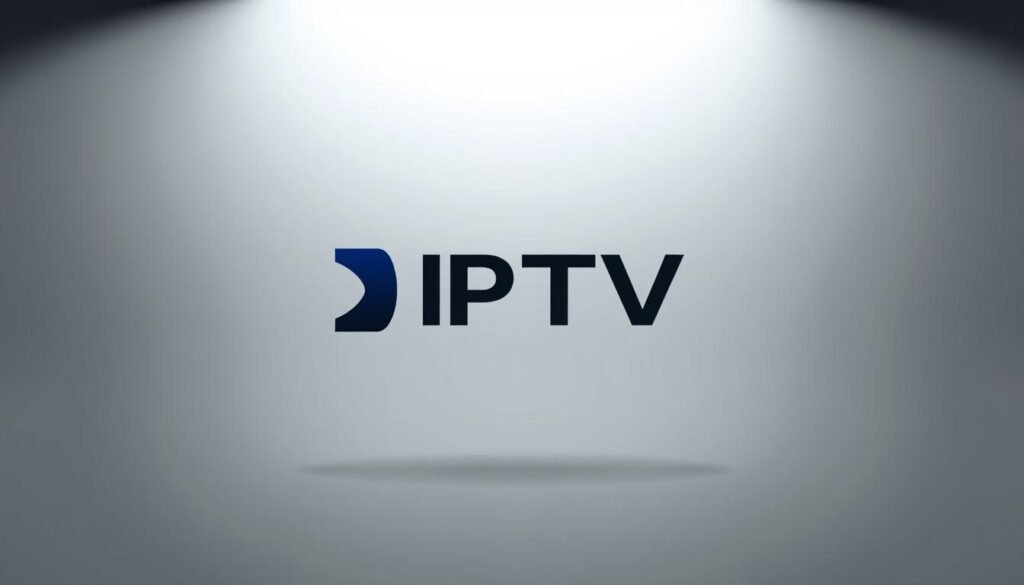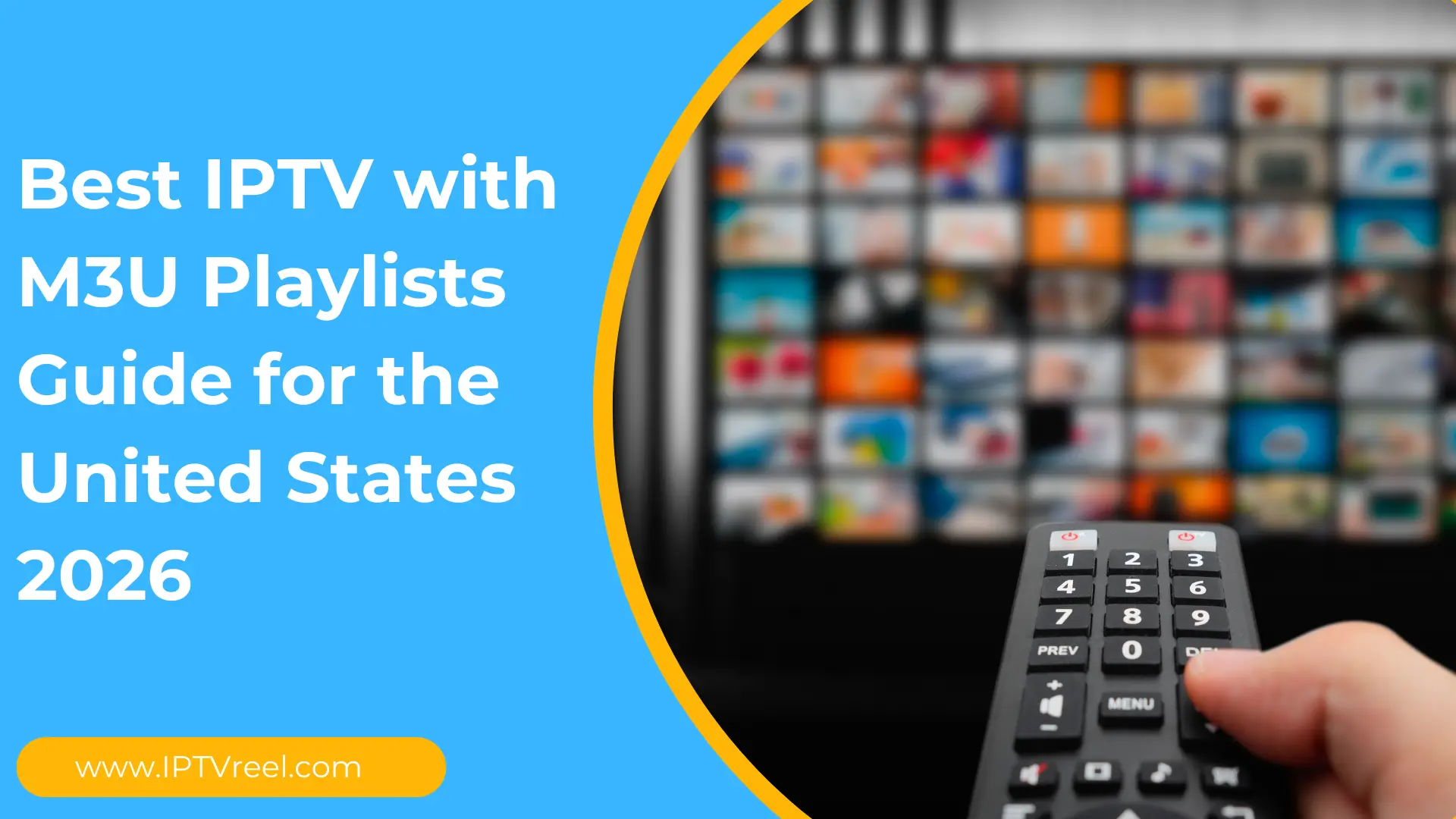Table of Contents
ToggleI’ve tried many services in Canada, and IPTV Prime always impressed me. It’s because of its seamless streaming. In Toronto and Vancouver, I saw fast channel changes and clear sports videos.
It also worked well with live TV in Canada. Setting it up was easy, which is great for uninterrupted streaming and high-quality IPTV.
After months of streaming in Canada, I found three key things for reliability. These are network health, device compatibility, and content delivery. IPTV Prime excels in all these areas.
It uses adaptive bitrate streaming and supports many devices. It also has fast startup times and stable playback during busy hours.
I also liked the small details that make a big difference. Things like QR-code sign-in and clear content categories make it easy to start. Whether watching on-demand or live, IPTV Prime offers crisp video and quick updates.
In the next sections, I’ll share what makes streaming seamless in Canada. I’ll also give tips on setting up your home for smooth streaming sessions.
What Makes Streaming Seamless in Canada
I’ve tested streams in Toronto, Montreal, and Vancouver. The key is stable networks, well-set home setups, and smart delivery paths. When I pair good ISP performance with the right devices and apps, iptv prime works smoothly.
Network Reliability and Bandwidth Considerations
Bell, Rogers, Telus, and Videotron offer fast speeds in the evenings. They handle HD and 4K easily. I aim for 10–15 Mbps for 1080p/60 and 25–30 Mbps for 4K HDR.
Low jitter and minimal packet loss are crucial for low-latency streaming. Cable and fiber both adapt quickly, matching ISP performance during peak times.
Optimizing Home Wi‑Fi for Buffer-Free Playback
Upgrading to Wi‑Fi 6 or Wi‑Fi 6E improves Wi‑Fi in busy homes. I place streamers on 5 GHz or 6 GHz and smart sensors on 2.4 GHz to avoid dips.
- Place the router centrally, away from thick walls and appliances.
- Enable QoS or WMM so video flows first.
- Use Ethernet when you can; MoCA or powerline fills gaps.
- Separate SSIDs to prevent band-steering stalls.
With these tweaks, IPTV bandwidth stays steady across devices. iptv prime channels switch faster with fewer stalls.
Device Compatibility Across TVs, Mobile, and Desktop
IPTV device compatibility is key. Apple TV 4K, Fire TV Stick 4K Max, and Chromecast with Google TV work well. Samsung Tizen and LG webOS sets handle live channels smoothly.
I enable match frame rate on Apple TV and hardware decoding on Android to reduce judder. Chromium-based browsers run 1080p smoothly on desktops. Importing M3U, Xtream Codes API, and EPG XML is easy with iptv prime.
Content Delivery Networks and Low-Latency Playback
A strong CDN in Canada keeps startup times short. Faster first frames come from local edges in Toronto, Montreal, and Vancouver. U.S. nodes help during spikes.
HLS or DASH with low-latency extensions cut live delay to single digits. Shorter segments and prefetching speed up channel zaps. Smart DNS choices often steer to nearby edges for smooth streaming on iptv prime.
IPTV Prime
I tested IPTV Prime on fiber in Toronto and cable in Vancouver for weeks. I noticed crisp 1080p on most channels and some 4K streams. Sports played smoothly at 50/60 fps, and Dolby Digital 5.1 was available where it mattered.
The channel lineup was deep and useful for daily watching. It included major Canadian networks and U.S. channels like ESPN. There were also international news and film channels. The EPG was accurate, making it easy to plan game nights.
Setting it up was easy with apps on various devices. Xtream Codes login was fast for living room use. M3U import helped me create custom favorites. Mobile picture-in-picture worked well where supported, and channel zapping was quick.
Even during busy times, like NHL and NBA games, the service performed well. It used nearby CDNs in Toronto and Montreal, keeping latency low. Search and catch-up TV made browsing easy, even with just a few minutes to watch.
Setting it up took minutes. QR sign-in saved me from typing long credentials. The portal made managing devices easy. I also appreciated HTTPS, tokenized sessions, and optional parental PINs for security.
On value, IPTV pricing in Canada was competitive with cable. The stable streams, wide channel lineup, and support for many devices made IPTV Prime a top choice for cord-cutters.
Before committing, I always try a free trial IPTV. This lets me check local performance and test speed during prime time. I use Ethernet on the main TV and enable match frame rate and audio passthrough on capable devices.
Compatibility note: The best experience was on modern IPTV apps on Apple TV 4K and Fire TV Stick 4K. Android TV boxes worked well with HEVC. Mobile apps made it easy to pick up where I left off.
Here’s how the service stacked up in my tests across key categories for Canadian viewers.
| Category | What I Observed | Practical Takeaway |
|---|---|---|
| Streaming Quality | Consistent 1080p, select 4K IPTV Canada channels, 50/60 fps sports, Dolby 5.1 where available | Smooth motion for hockey and basketball; strong movie audio on capable setups |
| EPG and Discovery | Accurate guide, 7–14 days of data, quick search, catch-up TV | Easier planning and fewer missed events |
| Devices and Apps | Broad IPTV apps support: Apple TV, Fire TV, Android TV, iOS/Android, web player; Xtream Codes and M3U | Fast sign-in and flexible advanced configurations |
| Reliability | Stable peak-time playback; CDN routing to nearby edges in Toronto/Montreal | Low latency and minimal buffering during live events |
| Security Basics | HTTPS endpoints, tokenized sessions, parental PINs | Baseline privacy and household controls |
| Costs | IPTV pricing Canada plans competitive versus cable; monthly and multi-month options | Clear value for households shifting from legacy TV |
| Trial and Setup | Free trial IPTV, QR sign-in, portal device management | Low-risk testing and quick onboarding |
| Key Strengths | IPTV Prime features centered on stability, deep IPTV channel lineup, and multi-device access | Reliable choice for everyday streaming in Canada |
Conclusion
After a week of testing, my IPTV Prime review shows it’s a top choice. It offers stable, high-quality streaming on TVs, phones, and laptops in Canada. Quick channel changes, reliable EPG data, and smooth ABR shifts were key during hockey nights.
For the best IPTV Canada experience, start with the basics. You need steady bandwidth, clean Wi-Fi, and devices that handle modern codecs. This ensures a smooth streaming experience.
Here’s what worked for me: 25–30 Mbps for 4K when available, Ethernet on the main TV, and Wi-Fi 6 for everything else. I also favored low-latency HLS/DASH where supported. These tips cut buffering and kept audio in sync.
CDN performance Canada is crucial. During peak hours, iptv prime performed well, thanks to strong routing and sensible ABR ladders. I ran checks in the evening and saw consistent bitrates without spikes, showing healthy caching and efficient delivery paths.
In short, if you’re looking for a reliable service, IPTV Prime is a good choice. Validate performance during your own peak window, tweak router QoS if needed, and keep firmware current. Follow these tips and steps, and you’ll enjoy a top IPTV Canada experience with solid CDN performance and everyday ease with iptv prime.








